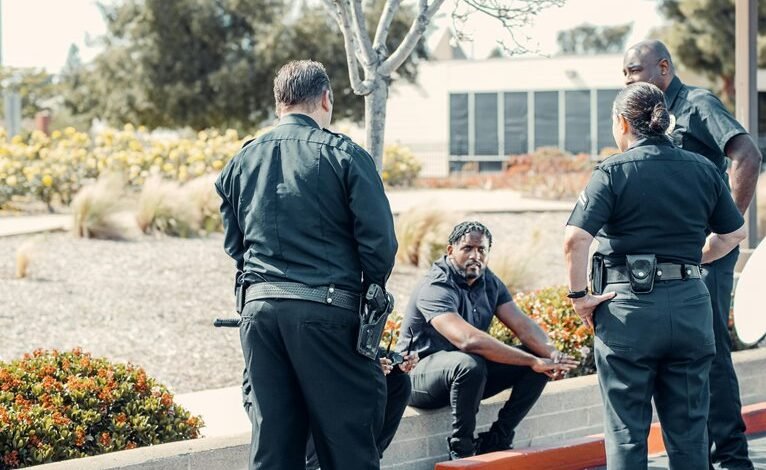Communication Defense Safety Verification Enforcement Group 3451501749 3516497172 3512372487 3891225884 3202468029 3512521613

The Communication Defense Safety Verification Enforcement Group, identified by various numerical codes, serves a crucial function in safeguarding communication networks. Its mission emphasizes the importance of verification processes to uphold safety protocols. By enhancing user awareness and promoting proactive engagement in security measures, the group aims to create a more secure environment. Understanding the strategies behind their operations reveals significant insights into the evolving landscape of communication safety. What challenges do they face in this mission?
Mission and Objectives of the Group
The Communication Defense Safety Verification Enforcement Group aims to enhance safety and security protocols within communication networks.
Its mission statement emphasizes the importance of protecting user data and ensuring reliable communication.
Group objectives include developing robust verification methods, promoting transparency in security practices, and fostering a culture of vigilance among users.
Ultimately, the group seeks to empower individuals in safeguarding their communication freedoms.
Strategies for Enhancing Communication
Enhancing communication within networks requires a multifaceted approach that integrates advanced technologies and user engagement strategies.
Key strategies include fostering active listening among participants and establishing effective feedback loops. These practices encourage open dialogue, allowing for the exchange of ideas and concerns.
Importance of Safety Protocols
While prioritizing safety protocols may seem like an additional burden, they are essential for maintaining a secure and efficient operational environment.
Effective safety training ensures that personnel are well-prepared for potential hazards, while regular emergency drills foster a culture of readiness.
Verification Processes in Action
A robust verification process is crucial for ensuring that safety protocols are effectively implemented and adhered to within any organization.
Employing various verification techniques and validation methods enables organizations to assess compliance and identify areas needing improvement.
These processes not only reinforce safety measures but also empower individuals, fostering a culture of responsibility and autonomy essential for maintaining a secure environment.
Conclusion
In an era where communication networks resemble intricate webs, the Communication Defense Safety Verification Enforcement Group serves as a vigilant spider, weaving safety and security into every strand. Just as a spider ensures its web is resilient against threats, this group fortifies user data through rigorous verification processes and robust safety protocols. Their unwavering commitment to enhancing awareness empowers individuals to navigate the digital landscape with confidence, transforming passive users into proactive defenders of their own security.




